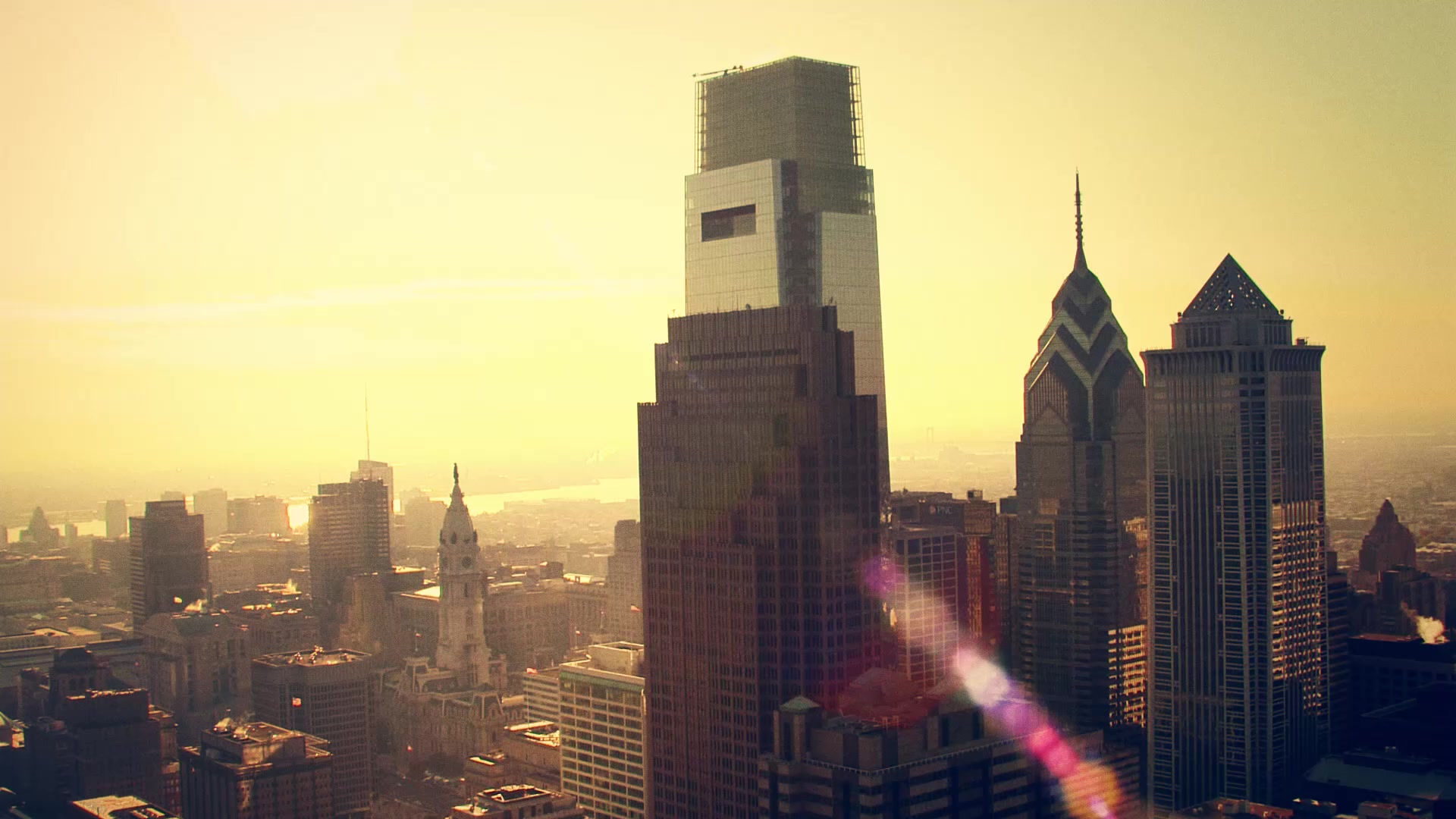AI is revolutionizing photo and video editing by making complex tasks faster, more accessible, and highly automated. Here’s how:
1. AI-Powered Image Editing
Object Removal & Inpainting – AI can seamlessly erase objects and fill in the background (e.g., Photoshop’s Generative Fill).
Smart Selections & Masking – AI can detect subjects, skies, and backgrounds instantly, saving time on manual selection.
AI-Based Upscaling – Enhances image resolution without losing quality (e.g., Topaz Gigapixel AI).
Style Transfer & Filters – AI can mimic painting styles, apply unique filters, and adjust colors dynamically.
Automated Skin Retouching – Smooths skin, removes blemishes, and enhances facial features in portraits.
2. AI in Video Editing
AI-Powered Background Removal – Removes backgrounds without green screens (e.g., Runway ML, Unscreen).
Auto-Captioning & Transcription – AI generates subtitles automatically (e.g., Descript, Kapwing).
Deepfake & Face Swapping – AI creates realistic face swaps for entertainment or marketing.
Automated Video Enhancement – AI can improve low-light footage, stabilize shaky videos, and upscale resolution.
Scene & Object Detection – AI tags elements in footage, making search and organization easier.
3. AI for Content Creation & Automation
AI-Generated Videos – Tools like Pika Labs or Synthesia create videos from text prompts.
Auto-Editing & Highlights – AI can analyze footage, find key moments, and generate quick highlight reels.
Voice & Lip Syncing – AI-powered dubbing ensures accurate lip-syncing for different languages.
4. The Future of AI in Editing
Fully AI-Generated Content – Text-to-image/video tools will advance further.
Personalized AI Assistants – Editors will have AI co-pilots offering real-time suggestions.
More Realistic Deepfakes – Ethical concerns will grow, requiring better detection tools.


well done very nice thanks for sharing pixellab